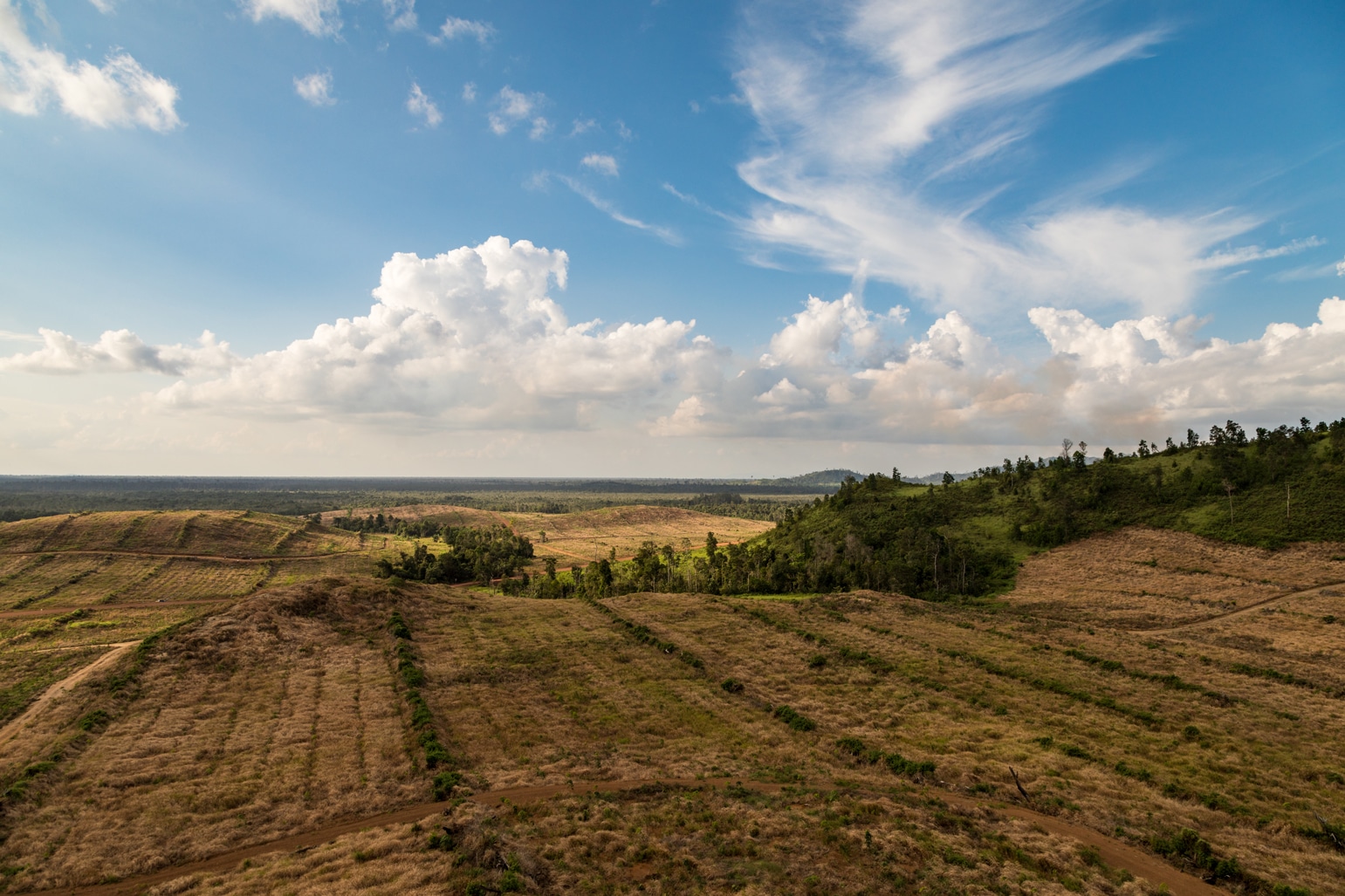Managing land where forestry and agriculture co-exist can deliver a number of benefits
Managing land where forestry and agriculture co-exist can increase biodiversity, drive more sustainable land use and deliver better returns to investors.
New Forests is a global leader in managing forestry for sustainable production and biodiversity outcomes and has also managed agriculture assets since 2010. Our expertise in combining forestry and agriculture enables us to apply a whole of landscape approach, blending forestry and agriculture across the landscape, to maximise economic and social outcomes. It’s a move that makes good sense for land management, financial returns and sustainability.
“We’re not that different from an avocado farmer,” says Mark Rogers, Senior Managing Director US and Australia-New Zealand for New Forests. “If you plant an avocado tree, you have to wait six or seven years, then you start harvesting the fruit. We plant a eucalyptus tree, and we harvest in 12 years. It’s a longer rotation, but very similar in concept.”
Farmers often tell Rogers that about 5-10% of their land lies unused, because it’s perhaps unsuitable for cropping or is inaccessible. Managing forestry and agriculture together means that land can be used optimally, leading to more productive outcomes for both agricultural and forestry investors – rather than the current case where they are often separated.
This approach also expands investment opportunities. Australia has about 2 million hectares of productive and mostly FSC-certified plantation forests available for investment. In contrast, agricultural land covers almost 380 million hectares of the continent.
Rogers sees the move into agriculture as a natural progression for New Forests. We now offer investment in forestry, agriculture and combined agro-forestry projects in south-west Western Australia, Tasmania, Victoria and South Australia’s Limestone Coast.
Optimal land use and diversified investment
Management of these projects takes its cue from the landscape. “Landscapes have natural boundaries like rivers and mountains,” explains David Shelton, Head of Investments, Developed Markets for New Forests. “When land is managed based on straight lines, paddocks and property titles, it doesn’t take into account landscape boundaries where soils and rainfall change.
“By managing land across landscapes, we can be sympathetic to the underlying optimal land use, rather than following an investment thesis that says we only invest in forests, therefore we only plant forests.”
Including agriculture diversifies the investment, Shelton explains. “When you invest into forestry, you’re exposed to the underlying land value, plus housing and/or woodchip markets,” he says. “Integrating forestry and, say, row crops within a landscape approach has the opportunity to increase returns and reduce risk, via diversification of revenue streams and market cycles.”
